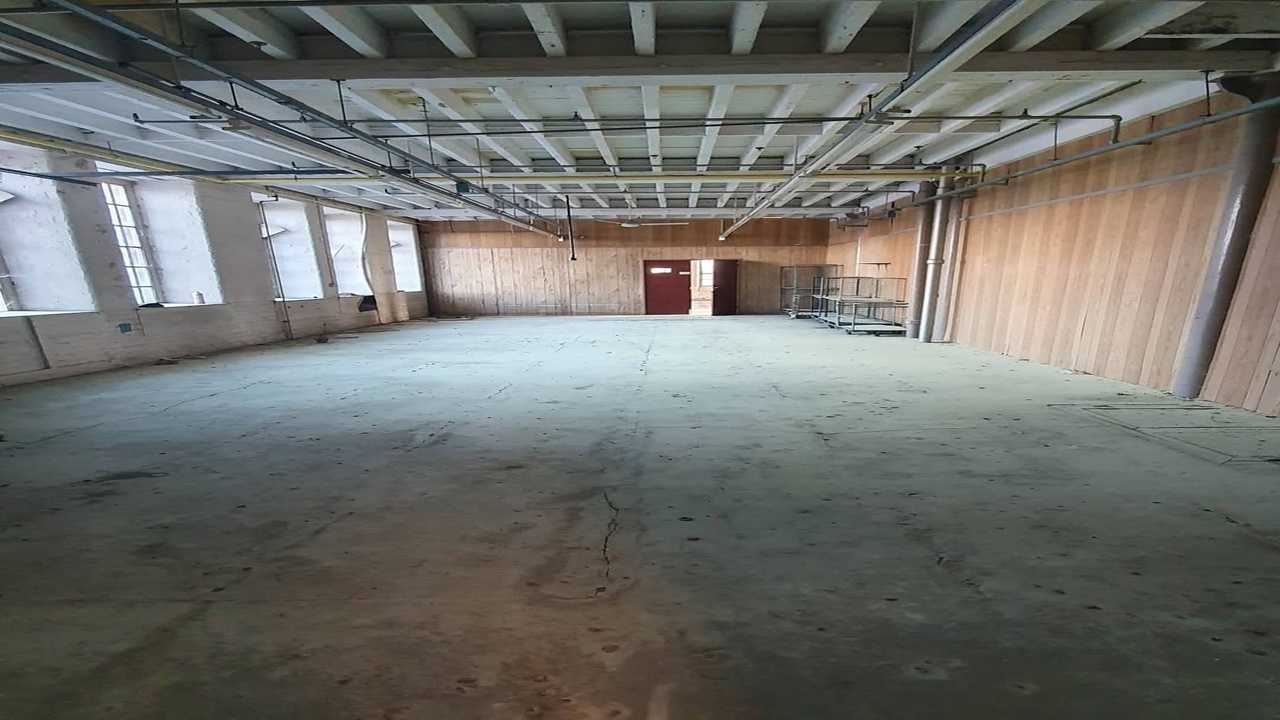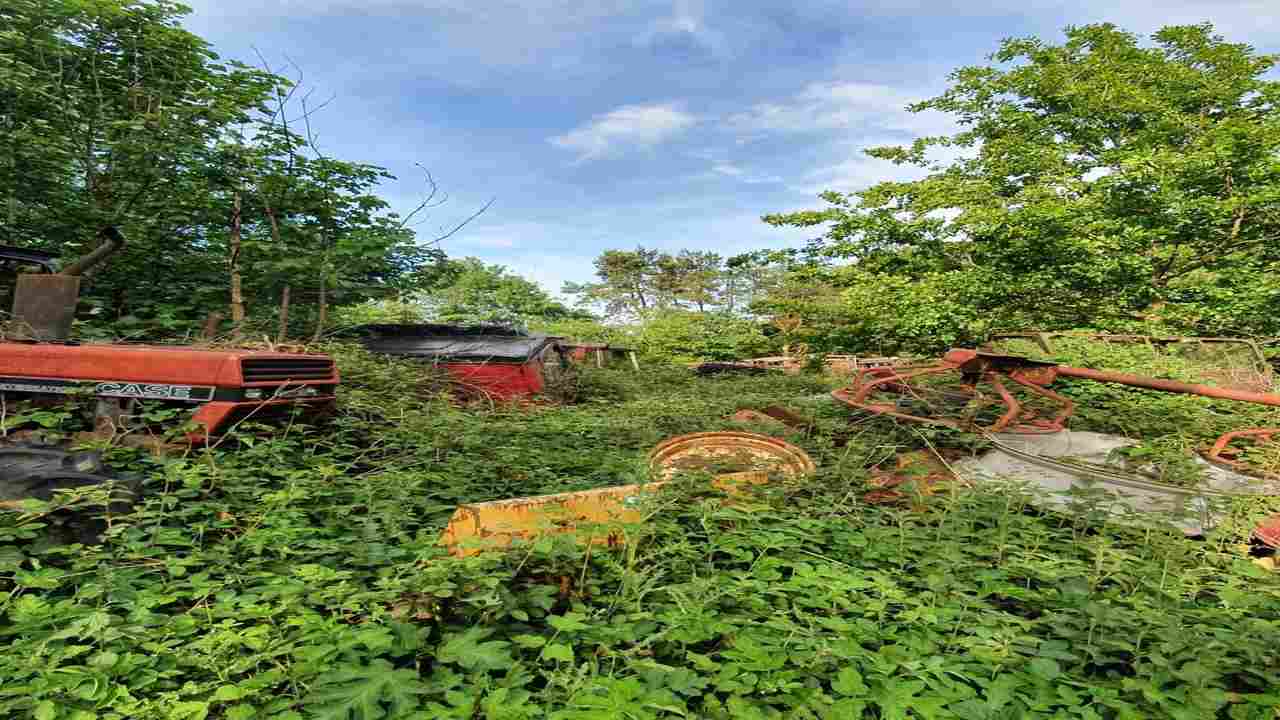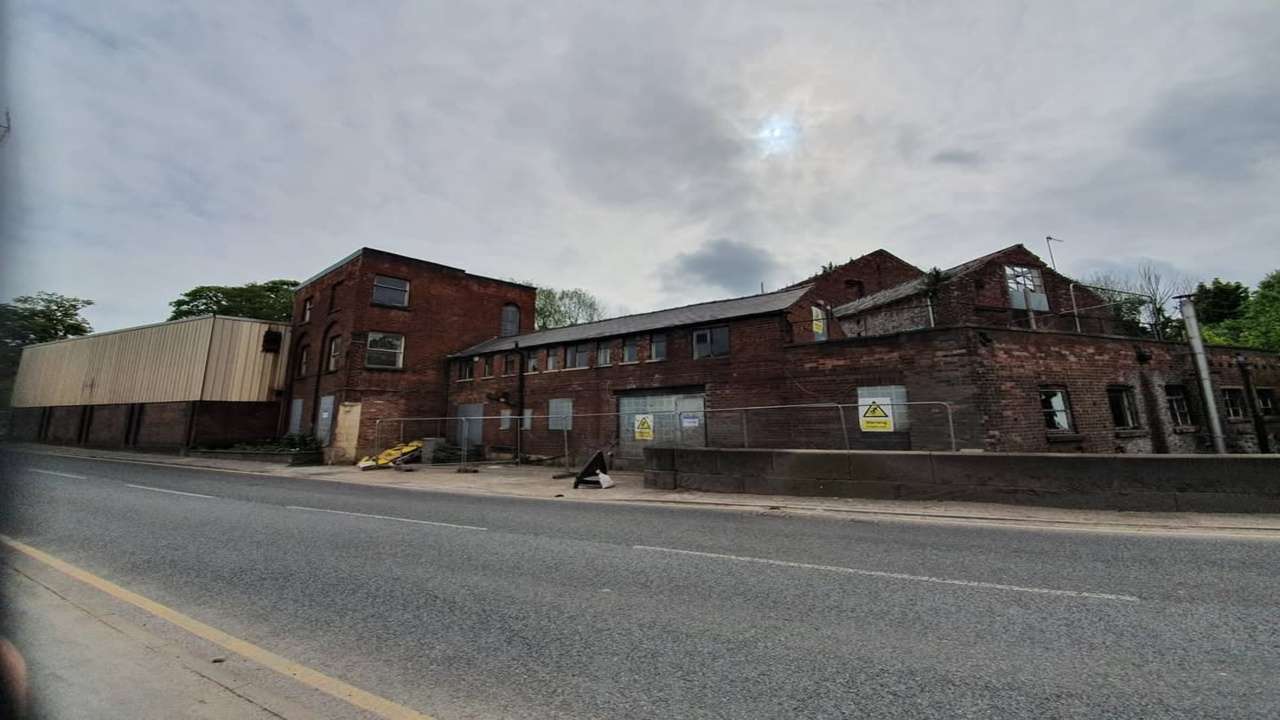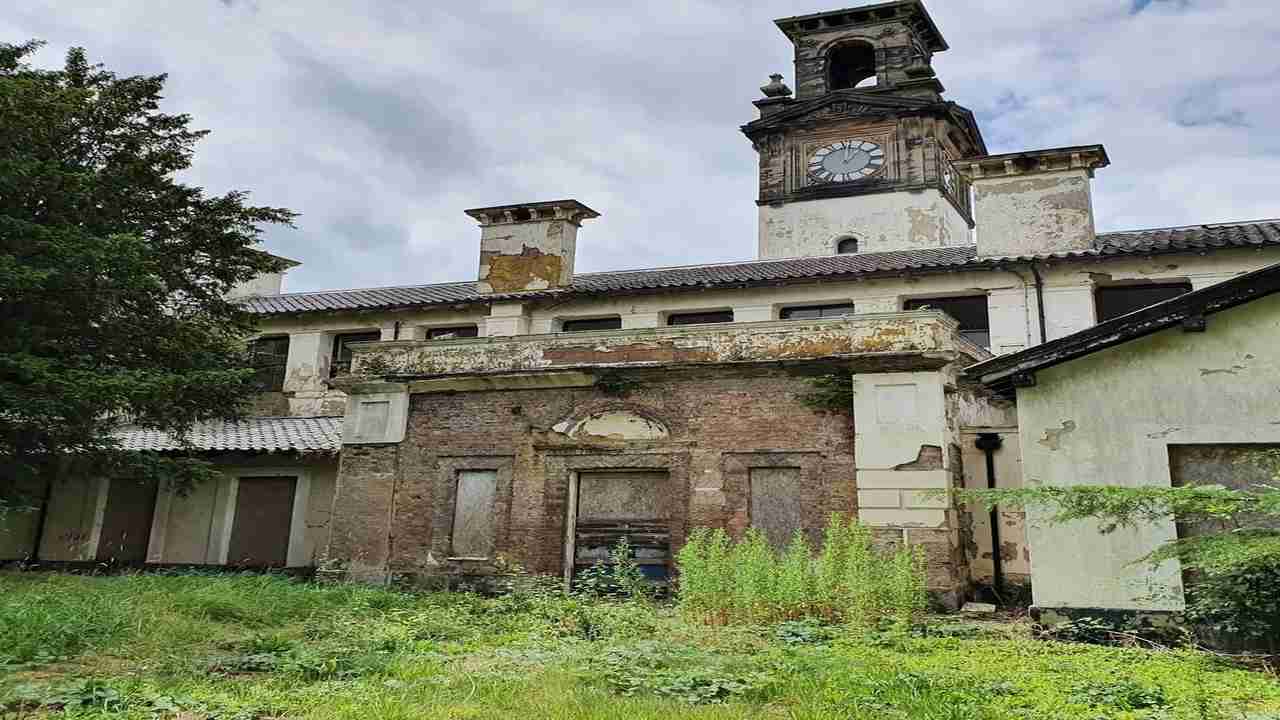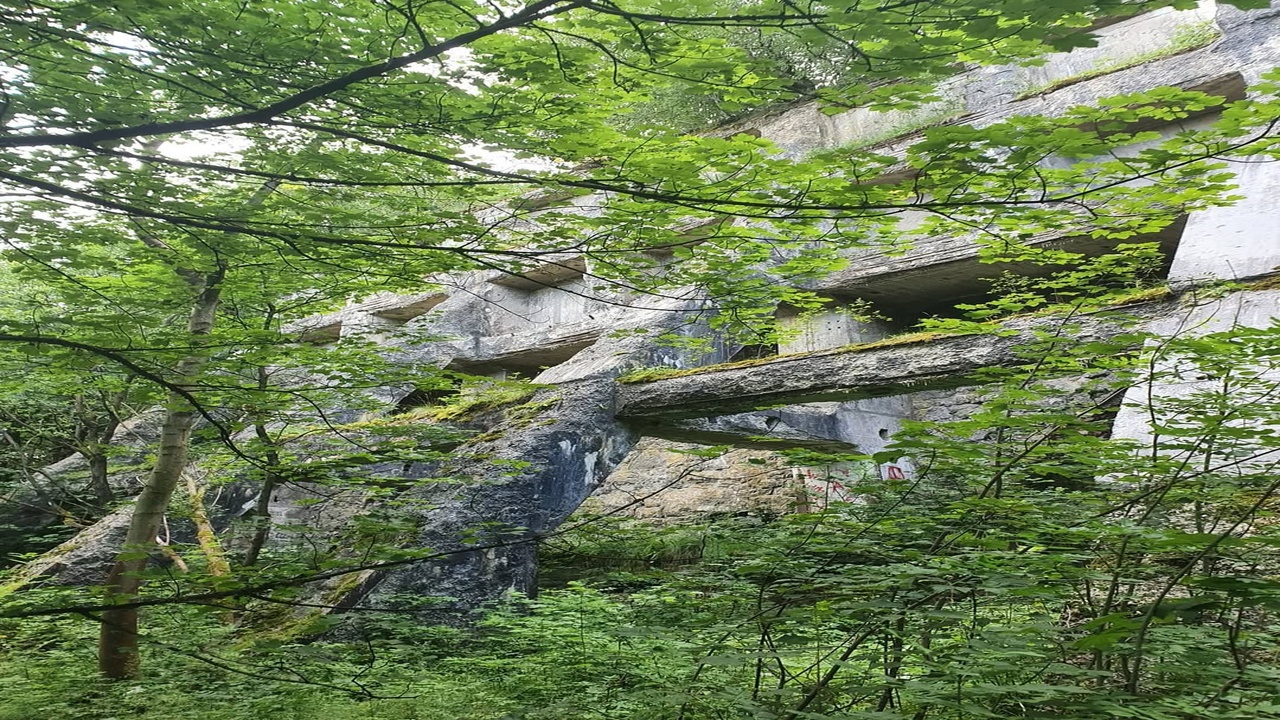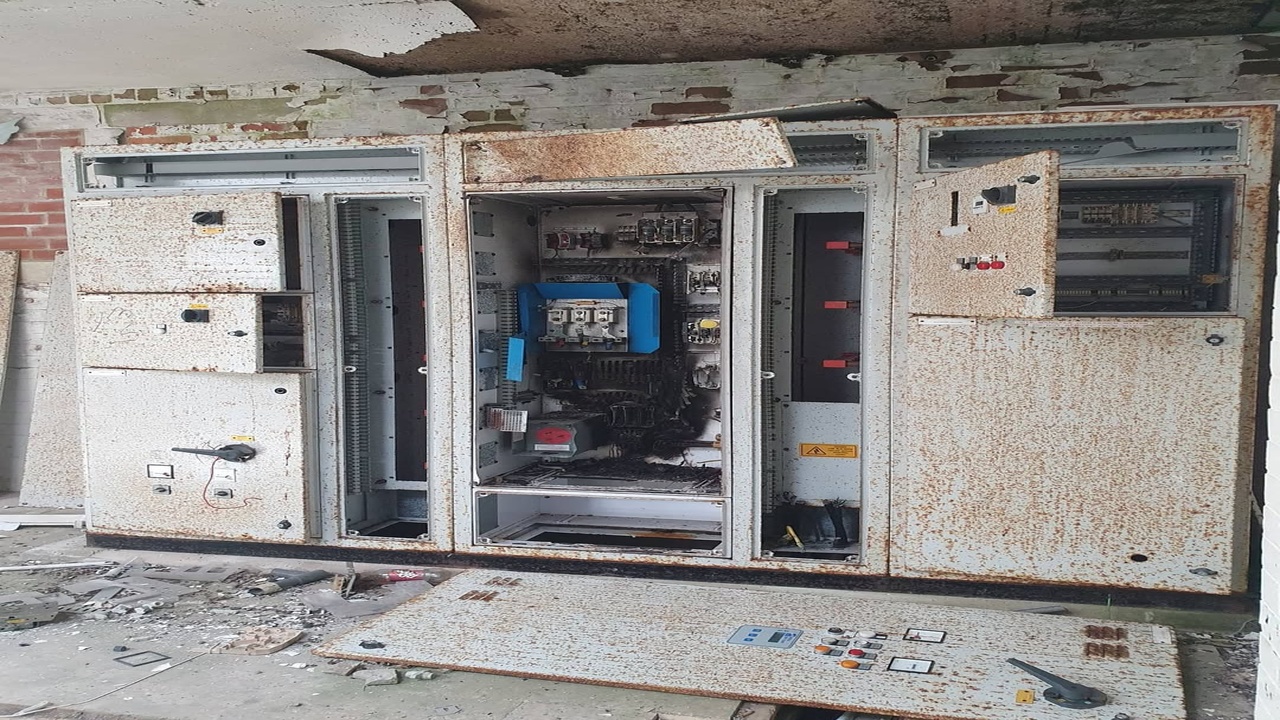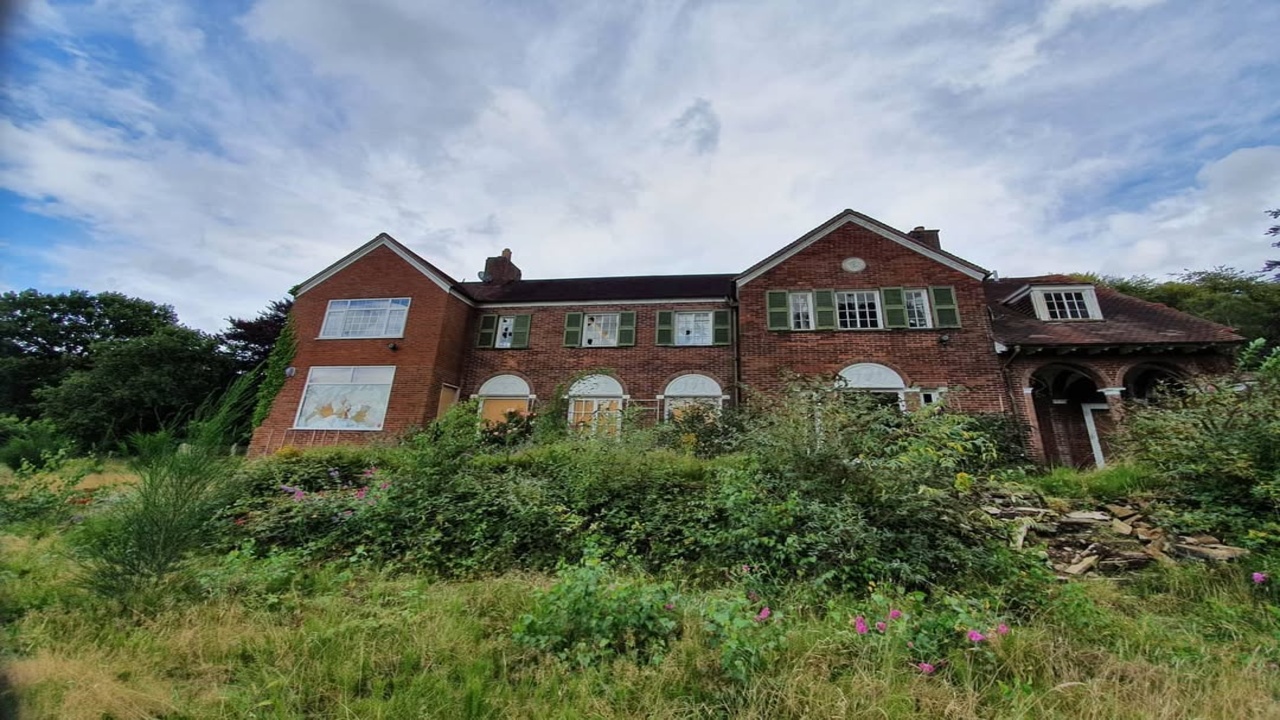The mill’s abandoned structure serves as a relic for a lost time of industrial growth and wealth. The mill was founded in the early 1800s as a textile mill which used the nearby river to drive its machinery. The mill quickly became a hub of activity, attracting workers from far and wide to seek employment in its bustling production lines. The mill was modernized and expanded over the years which made it a hallmark of development for the region. Though, in later decades, shifts in technology and the global economy caused the mill industry to decline, leading to the abandonment of this industrial complex.
The story of the unused mill is intimately connected to the advances and decline of the industrial revolution, embodying the dreams and conflicts of many people over the years. The magnificent walls made of bricks, together with the old decayed machinery, are a testament to the amount of effort in construction and operation that skilled practitioners poured into creating such an architectural wonder of industrial heritage. Such a place marks important and decisive events in the history of humanity and therefore, to avoid losing it forever, this historical heritage must be conserved and protected.
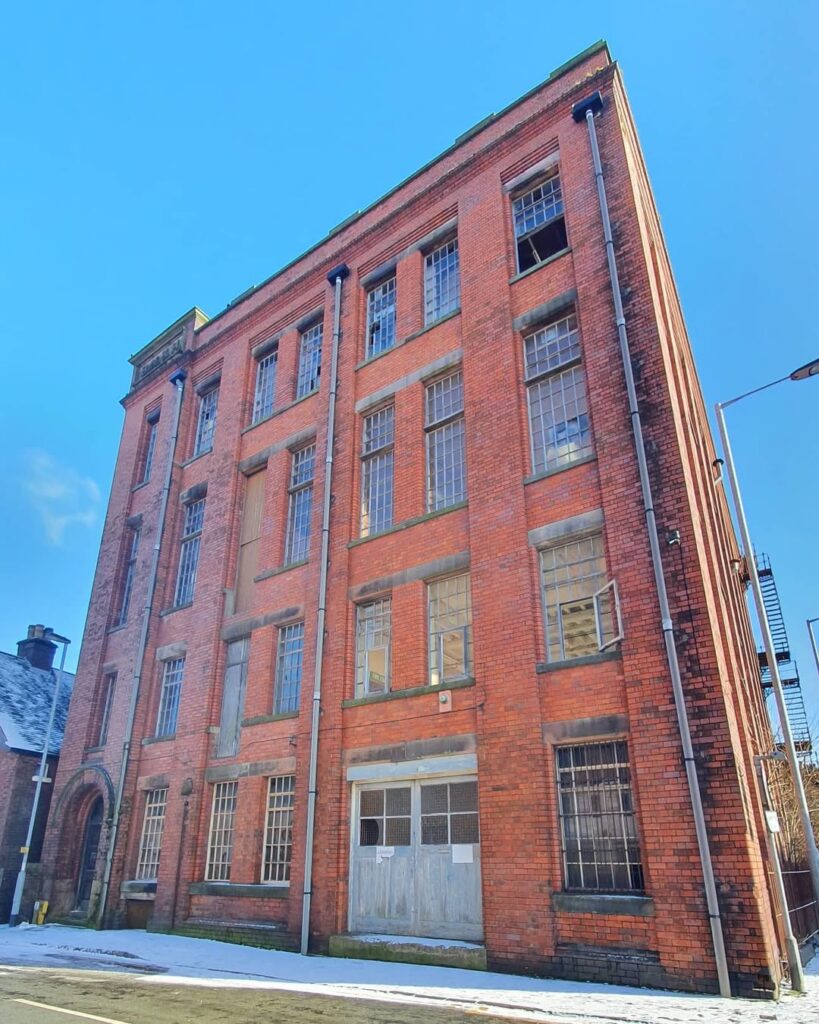
The Decrease in Mill Industry Production
The deindustrialization of the mill industry started from the integration of new and emerging technologies that significantly improved manufacturing processes like automation and mechanization which gradually led to the neglect of several mills across different regions. The introduction of these new technologies had deep social implications as their rapidly increasing adaptation made traditional mills redundant resulting in loss of employment for countless workers and entire communities that relied on these industries for their livelihoods.
To some degree, the reduced competitiveness of domestic mills due to a shift in global trade patterns and the increased prevalence of outsourcing manufacturing work to other countries was the final blow that most such mills in America and Europe struggled to overcome. The numerous mill industries that no long in use created a widespread sense of helplessness that these cities and towns formerly regarded as their economic backbone became. Such ghost mills serve as powerful markers for this era in history filled with bankrupt legacy industries which deep down is an empathetic revelation of society’s destructive facets on industrial recession.
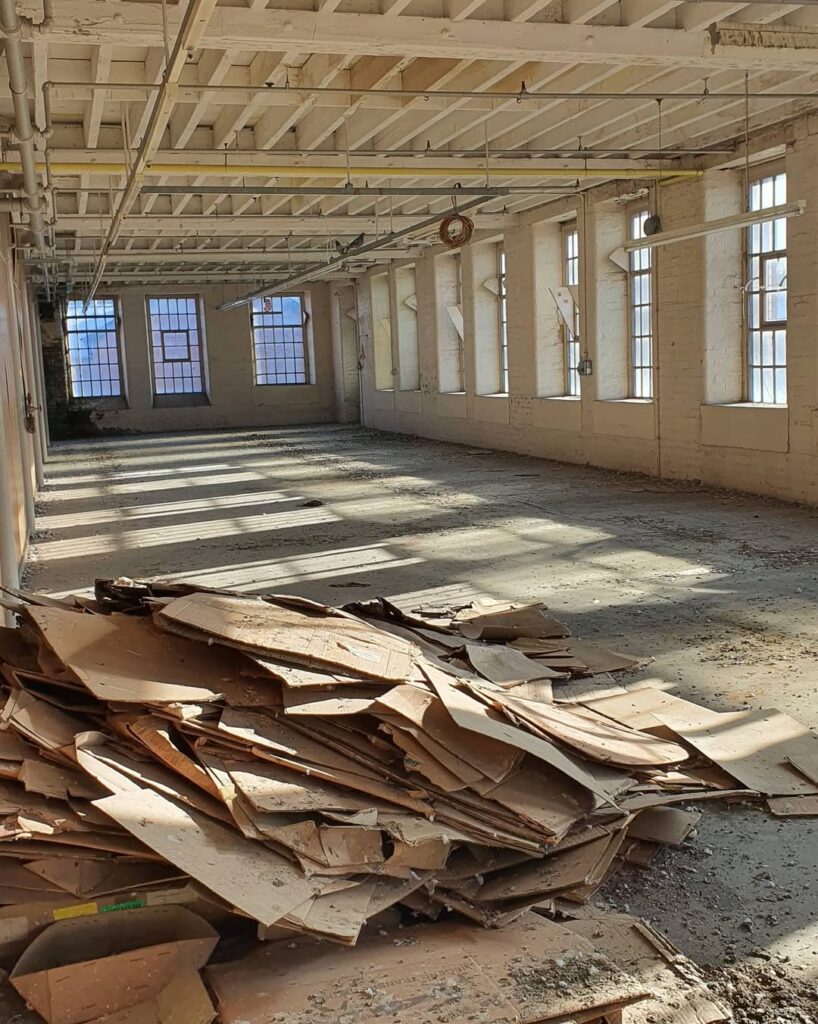
The Impact of Abandoned Mill on Local Community
The impact of the mill’s abandonment has heavily influenced the local community in ways both socio-economically destructive and constructively transformative. During its operation, the mill provided not only employment but also nurtured a rich community life, granting identity to entire families for generations. However, the consequences due to closure and economic abandonment of the mill led to deep tragedy for the community as the mill’s provided services created dependency which in turn caused rampant unemployment and economic stagnation.
For many locals, the mill acts as a blend of nostalgia and pain through memories, acting as a stark reminder to current struggles and hopes. Its’ decaying yet dominant form acts as both a monument and shams, ailing the ambitions of the once mill depended providence. Even so, such structures serve and represent something deeper to the community and a testament to the forgotten pride of resilience its locals so dearly wish for.
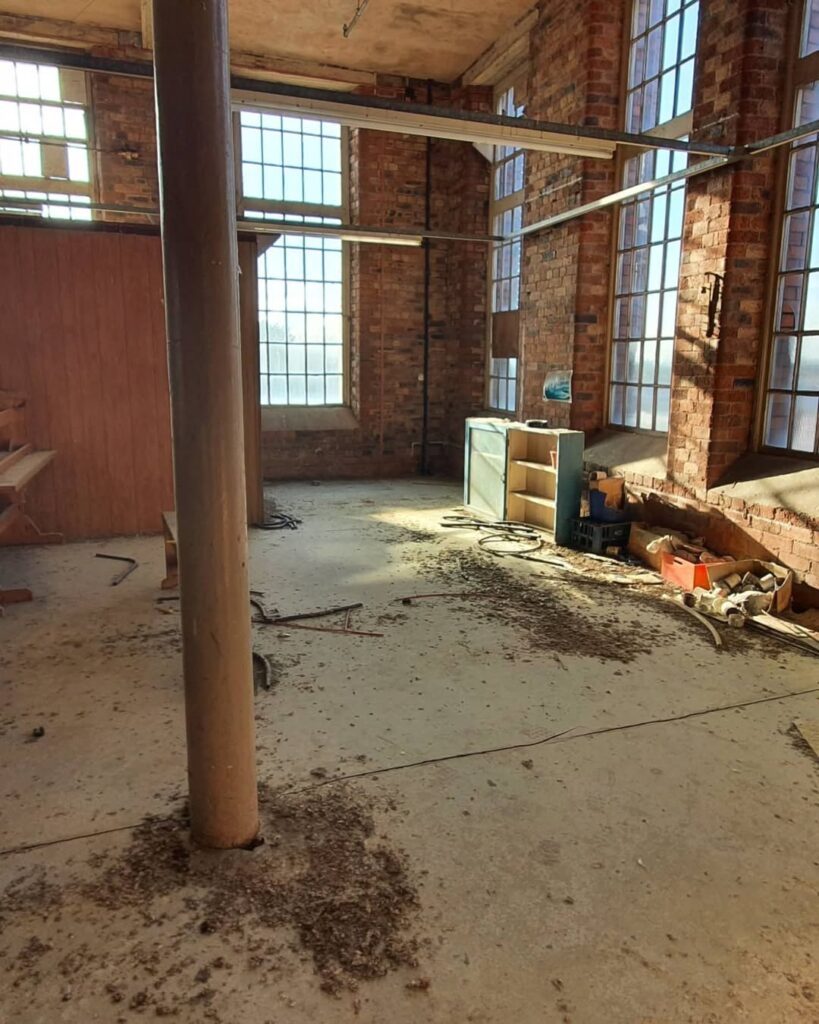
Strategies to Conserve the Abandoned Mill
Recently, there has been a movement to protect the abandoned mill site as a cultural and historical landmark. Supporters of preservation argue that its history and architectural value are important enough to warrant restoration, making it a potential focal point for community renewal and economic growth. Campaigns aimed at raising awareness of the mill’s historical importance, along with advocacy work, grassroots movements, and fundraising, have also been initiated.
There are also calls for government action to provide grants, tax benefits, or other types of financial support for preservation initiatives. Advocates believe that saving the abandoned mill is an attractive investment in the region’s history, while simultaneously providing an economic boost to a struggling community. The mill’s adaptive reuse as a mixed-use development, cultural or educational facilities, and modern multifunctional spaces would allow it to serve the community’s diverse needs, thereby making the region thrive.
Restoration plans have been slowed down by safety concerns regarding the abandoned mill’s structural integrity. Optimistically, however, preservation advocates believe that there is still hope for…
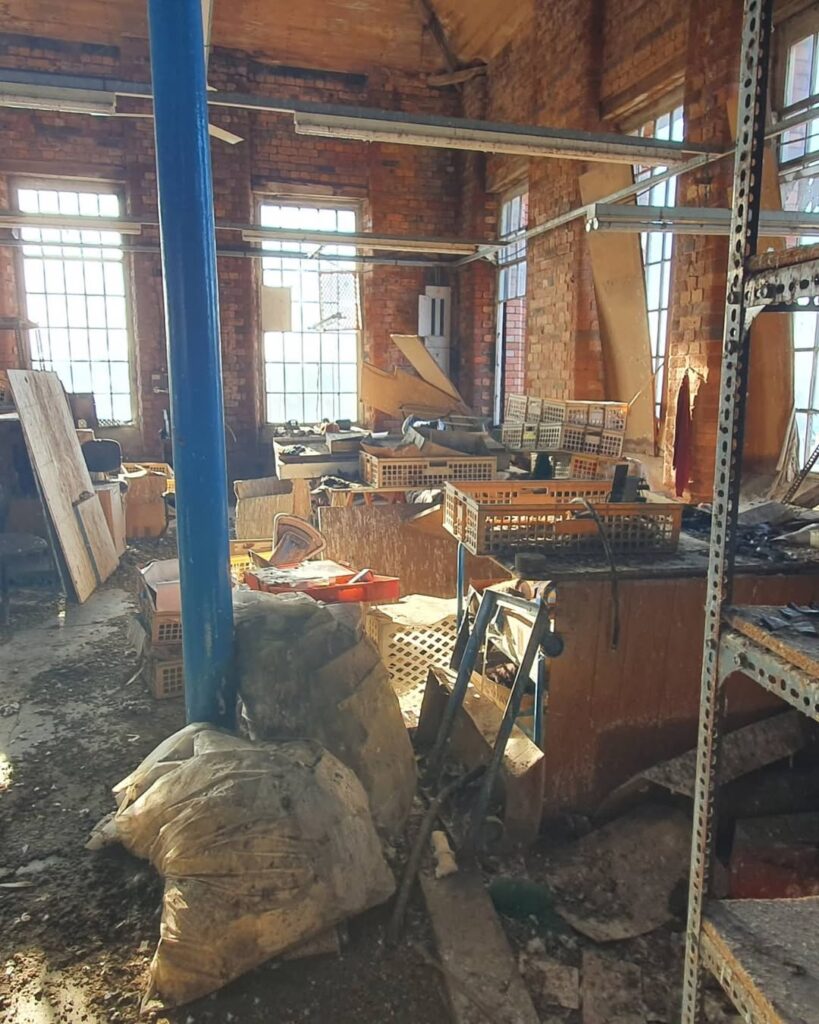
Examining the Derelict Mill: Risks and Safeguards
The abandoned mill may be a tempting site for a visit and a good location for urban explorers and adventurers interested in uncovering the treasure within young trees and weeds, but potential risks and dangers of venturing into an area with decaying buildings should too be considered, as the unstable floors, remnants of sharp machinery, and rusty tools can all be possible safety issues. In addition, lack of human activity in a mill can be a major contributor for wildlife which can pose a danger to people unaware of their surroundings.
Similar to any other due diligence, a visit to the abandoned mill requires safety precautions to ensure of everyone’s safety, including spine-like structures and delicate breathing masks to avoid toxic gasses. Protective gear such as sturdy footwear and gloves should especially be used so health can be kept up during the visit. While greater safety can be attained by exploring together, even going in groups is preferred over going solo, as that way, things like added risk of wilderness safety don’t pose a concern. Through advanced planning of the visit, abiding to rules and preferring set boundary signs, dangers can be exceptionally mitigated while preserving the gorgeous views offered.
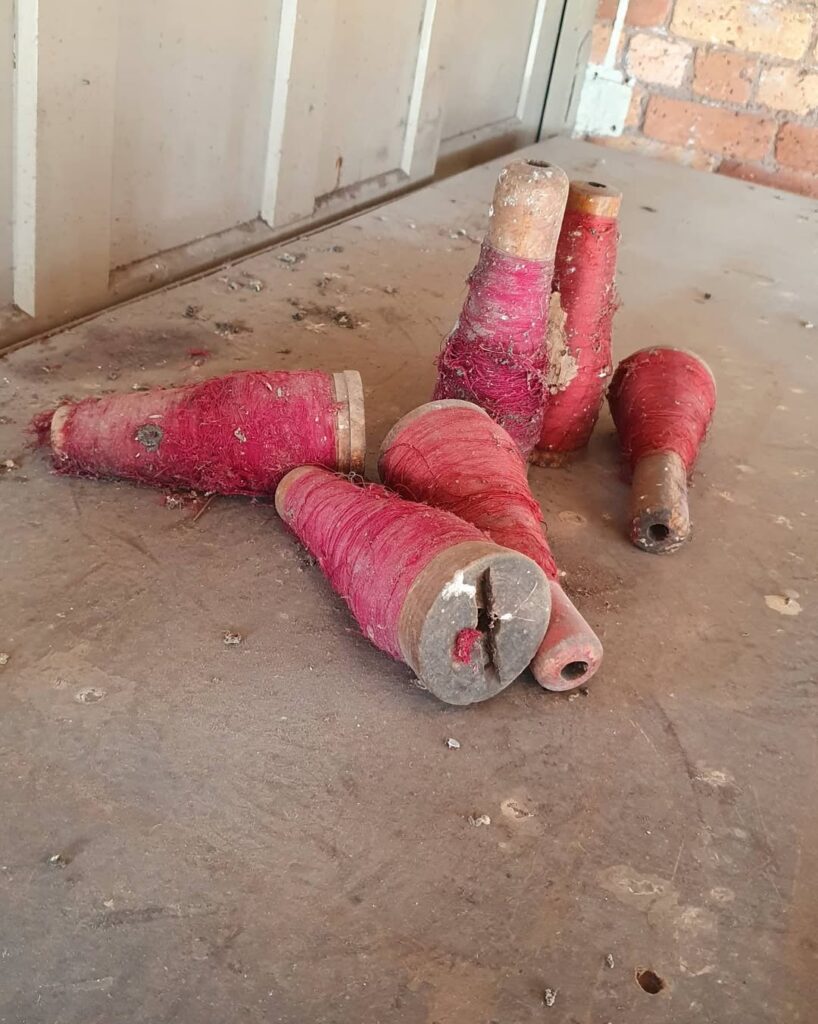
What to Do With the Abandoned Mill: Restore or Tear Down?
Restoration or demolition, both options are hotly debated when it comes to the abandoned mill’s future. While some support tearing down the mill for restoration purposes, others feel its historical value preservation is critical. Restorers feel that repair can revitalize community engagement along with offering opportunities for added economic growth, tourism, and cultural upliftment.
Those who support demolition predict that the money spent on restoration will not be favorable economically, as the current condition of the mill is very poor. They believe that new development is way more beneficial for the overall community. Facilities like affordable housing, commercial areas, or public spaces are more useful for community growth and can greatly transform the region. Preserving the abandoned mill’s history is equally as important as economic viability, local opinion, and socio-environmental impacts.
To wrap everything up, I believe that the the unused mill illustrates very well the downfall of industries and the changes which happened in society. It makes me feel quite nostalgic because of the magnificence which once resided there. At the same time, It brings a sense of optimism regarding what is to come.
